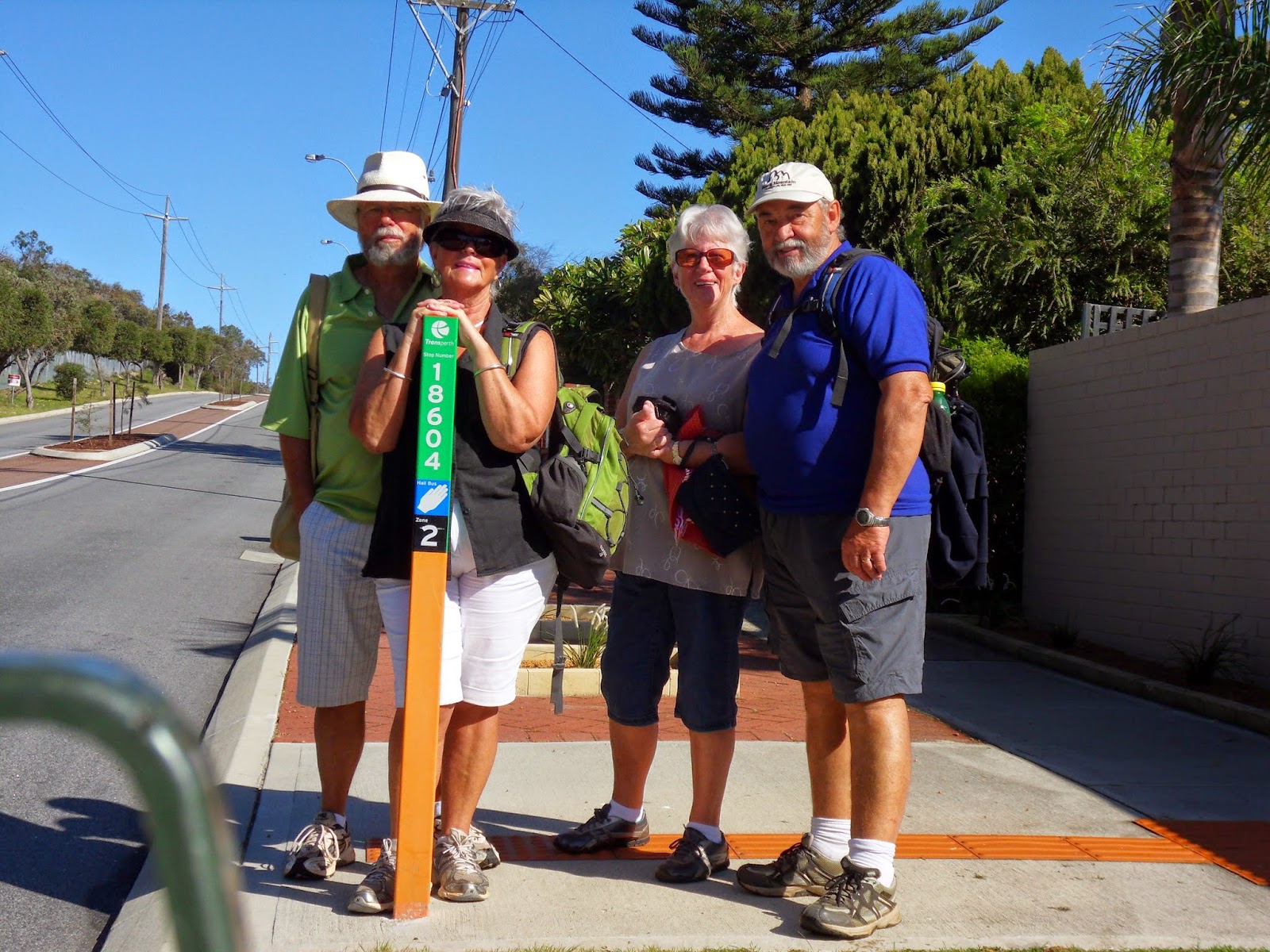 |
| Laurie climbed in the Wind Harp |
We spent a fascinating morning here, revisiting our childhood, with all the interactive experiments they have for visitors to 'play' with.
 |
| Jeff and Jude never looked so good |
The Gravity Centre is an exciting science education centre north of Perth, and home to the Leaning Tower of Gingin.
 |
| Laurie testing the G-force |
 |
| Jeff testing the G-force |
The Leaning Tower of Gingin is the pride and joy of the centre. It is an awesome feat of engineering. The Tower is an impressive 45 metre tall steel structure, leaning at an angle of 15 degrees and held in place by 180 tons of concrete.
 |
| We throw the little balls in this big thing......and then what happens? |
The extreme angle it leans at may very well make it the 'leaniest' purpose built tower in the world. Its model and inspiration, the Leaning Tower of Pisa leans at a mere 5.5 degrees.
 |
| The amazing Leaning Tower of Gin Gin - we did climb up this! |
Climbing the tower put the thrill back into science.
 |
| The view from the leaning tower |
Laurie, Jeff and I took the 'Tower Challenge' - at the base of the tower we were each provided with a balloon which we had to fill with water, each to a different level, then climb the 222 steps to the top of the tower. At the top we were to drop our balloons, all at the exact same time to see which balloon would hit the ground first - the lightest or the heaviest balloon.
Which balloon actually landed first?
Well we didn't quite get a definitive result, as one of us, not naming anyone, LAURIE, didn't let his balloon go at the same time as us, therefore sabotaging the experiment.
After a very good fun couple of hours we enjoyed lunch at the excellent nice café. Of course we had to try the gravity burger, and it was YUMMY!
 |
| Yumm! a Gravity burger |
We found another great free camp beside the Moore River, before our last few kms into Perth. Laurie was most distressed to find a very large 'No Fires' sign at this camp spot.
Perth
There are few cities in the world which can match the beauty of Western Australia's capital.
 |
| The War memorial at Kings Park |
The City of Perth is built on the banks of the magnificent Swan River and is flanked by the Darling Ranges to the east and Kings Park to the west. The shimmering Indian Ocean is only a few kilometres away.
Perth's metropolitan population is a mere 2 million with the state total at 2,535,000.
Our caravan park, Karrinyup Waters,
 |
| Our sites, side by side |
is very conveniently located just 14kms north of the city, 4kms to the beach and within walking distance to public transport. We were surrounded by ducks and birds who wanted to share our meals.
 |
| Jeff with his friends, sharing a meal |
We have had several wonderful days exploring this beautiful city, by car, ferry, bus, train and on foot.
 |
| Waiting for the bus |
 |
| Waiting for the train |
 |
| Waiting for the ferry |
Jeff and I spent a day wandering the fantastic Kings Park, and the busy city centre,
 |
| Beautiful Kings Park |
 |
| Beautiful Kings Park - The Women's Water Garden |
while Jude and Laurie were enjoying the Swan Valley.
 |
| Jude in her element at a winery |
 |
| Another winery |
 |
| A great meal to top off a great day |
We all travelled on the bus and train into the city to join the famous Freemantle ferry and spent the day exploring that wonderful historic port city.
 |
| Historic Freemantle |
 |
| Historic Freemantle |
Jude and Laurie caught up with friends for lunch, friends they have had for almost 15 years, that they have actually never met. Initialling meeting over the phone and keeping up that contact, by phone and email, for all those years. They had a fantastic day with Jan and Jack.
 |
| Historic Freemantle - Cappuccino Strip |
 |
| Historic Freemantle |
 |
| Historic Freemantle |
The boys had a great day playing golf while Jude and I had a girls day at one of the local shopping centres.
After five wonderful days it was time to move on.






































